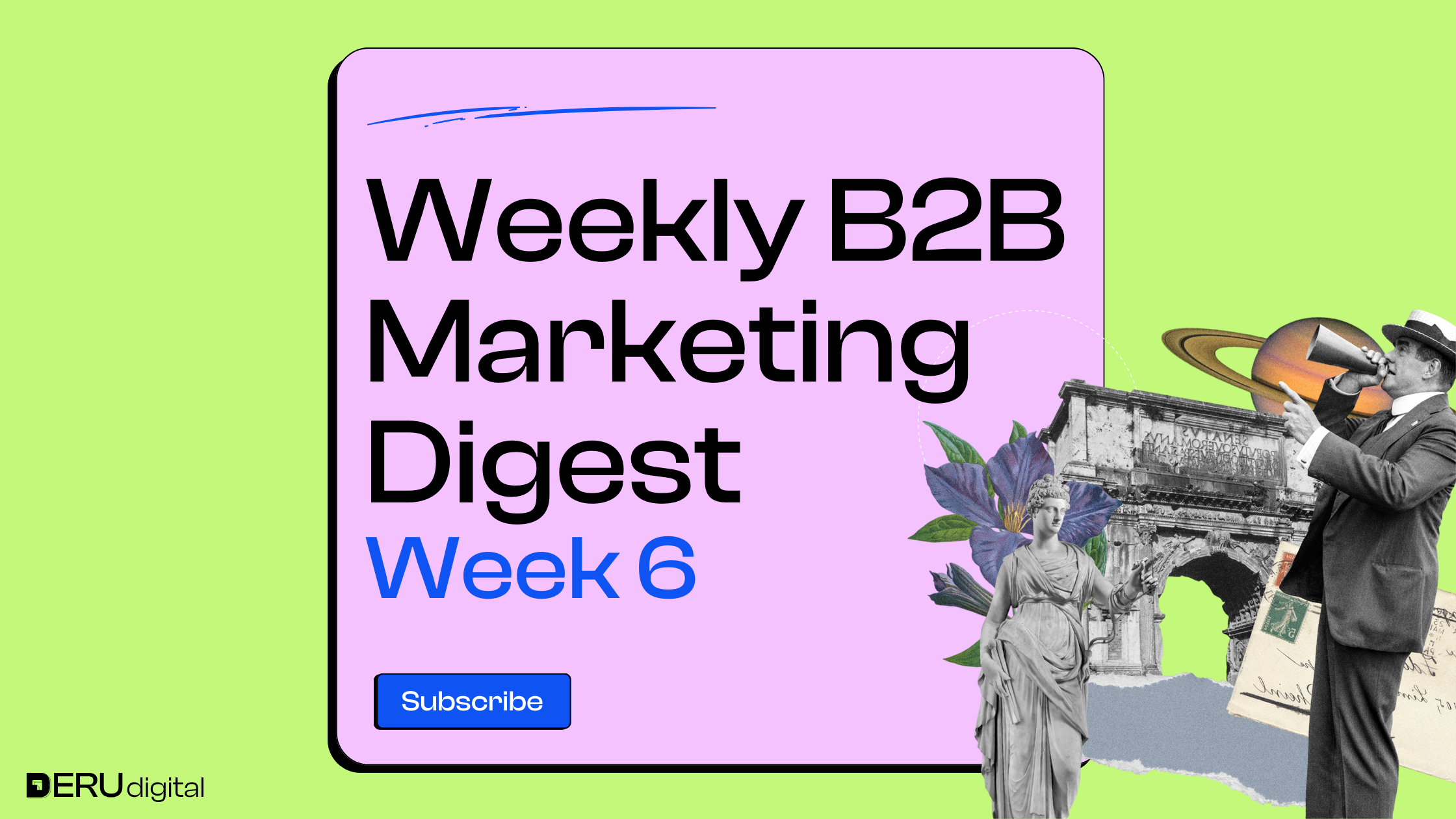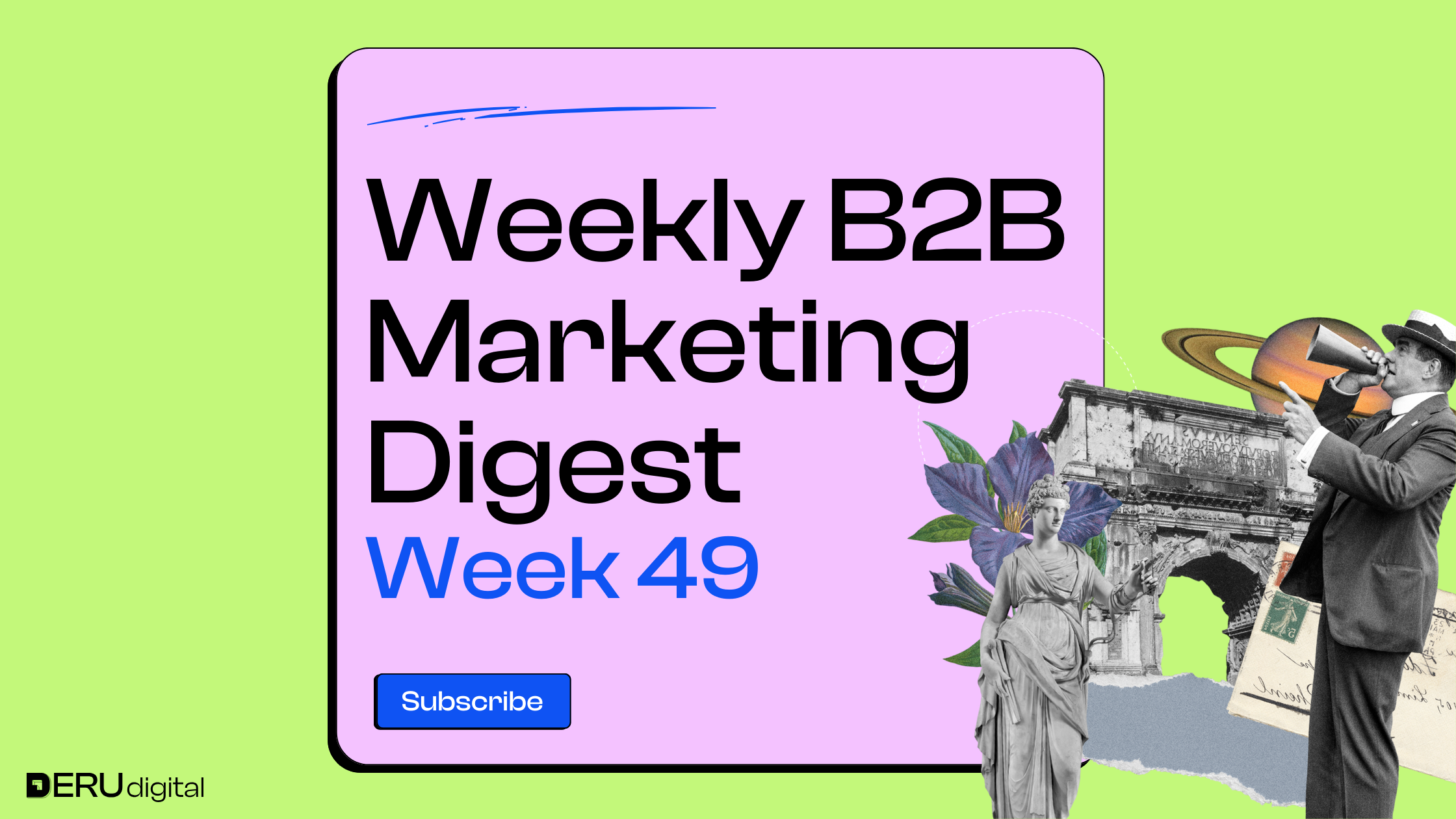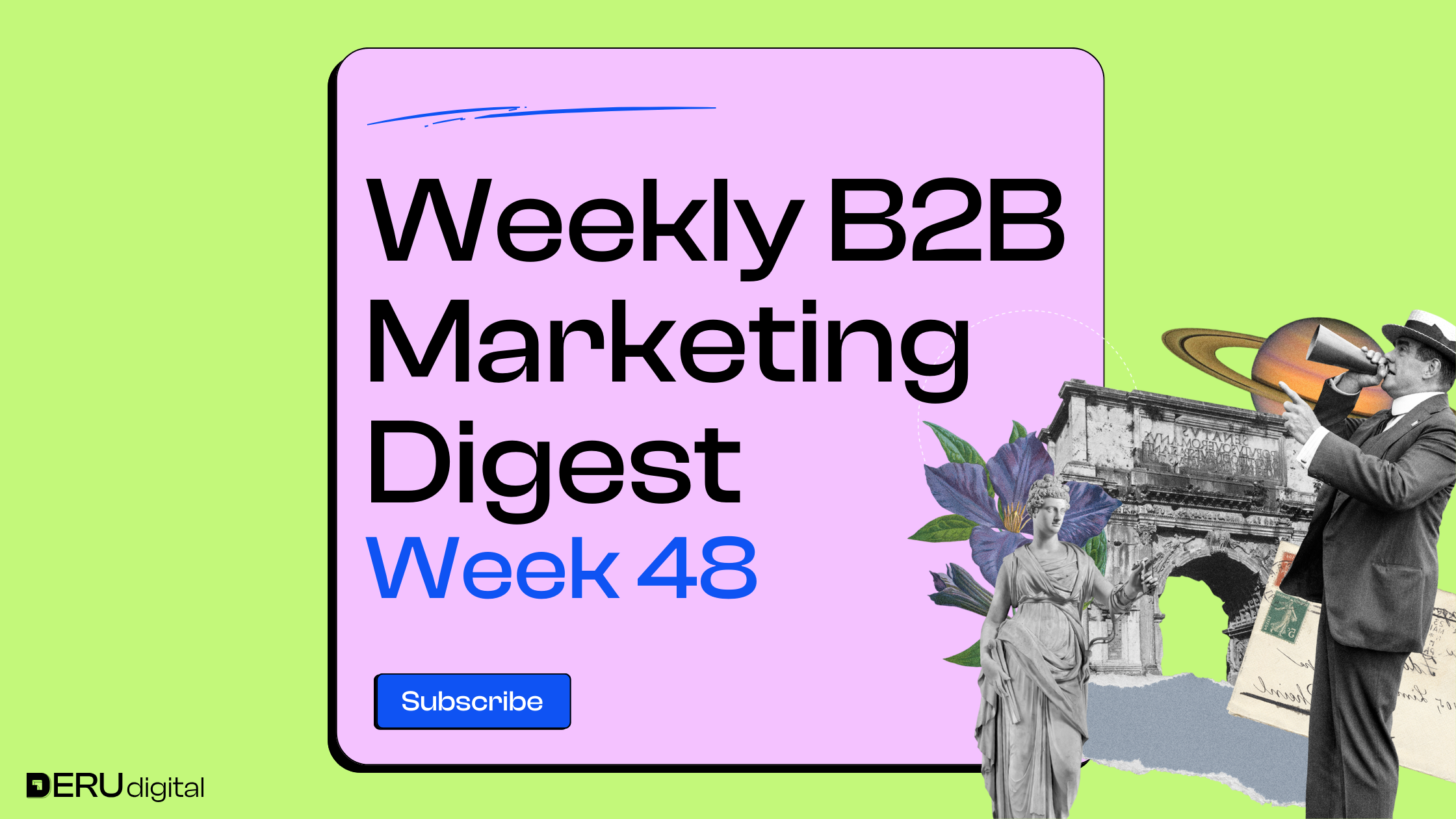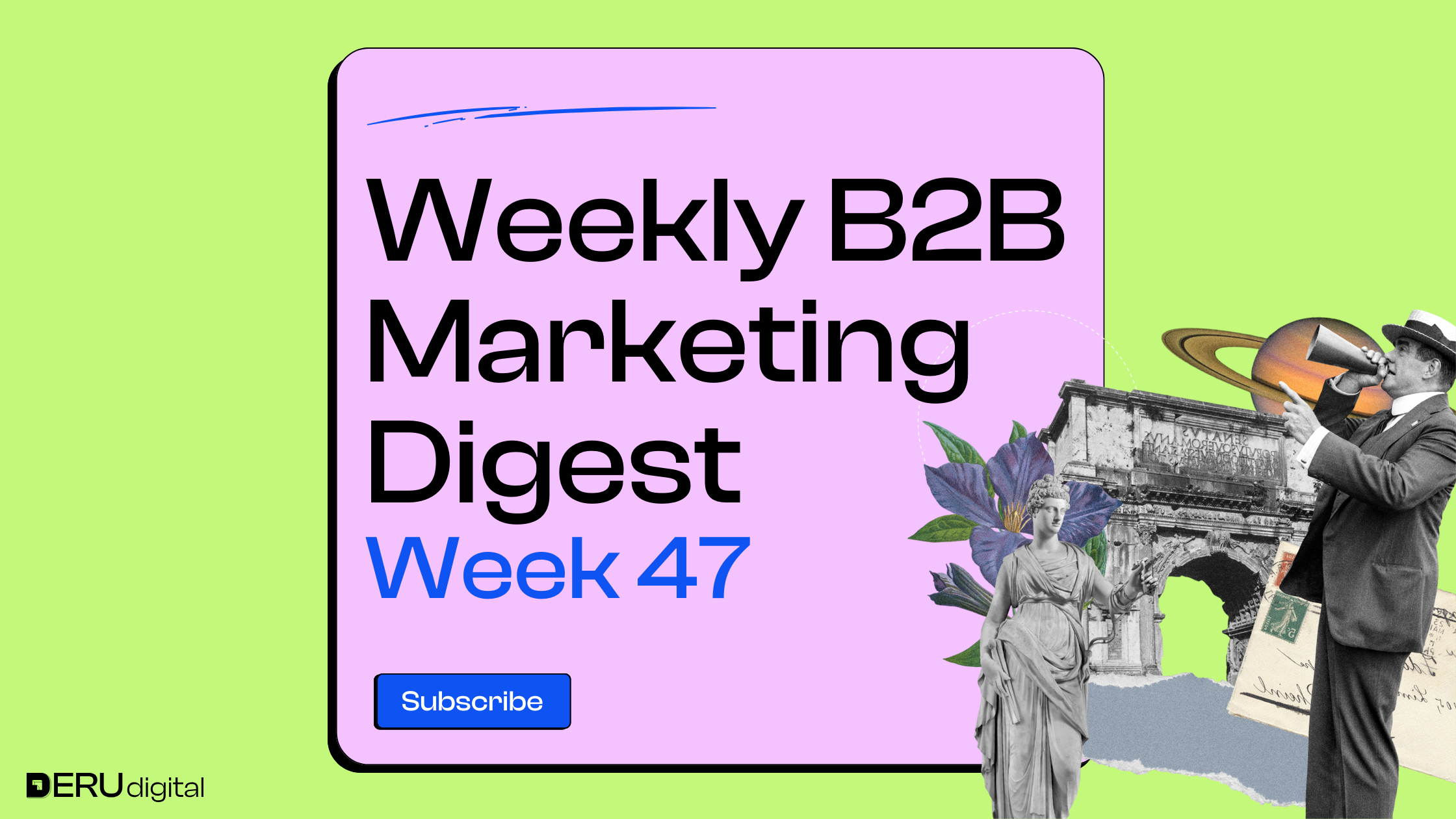

INSIGHTS FROM EXPERTS ON LINKEDIN
Tim Davidson shares how LinkedIn Ads tend to spend too much on a few big companies, leaving little budget for others. To fix this, he set up automatic exclusions based on impression limits, letting more companies see the ads. Early results show lower costs, better engagement, and a fairer budget spread – though not every test was a win.
Ryan Olestro warns against getting too broad when targeting job titles on LinkedIn. He compares it to Google Ads, saying you need to focus on the right “anchor” words like “software engineer” instead of just “engineer” to avoid reaching the wrong people. He suggests using LinkedIn’s Audience Planner to check if your chosen job titles match the right skills and roles.

Liam Moroney challenges the idea that software companies can grow endlessly without limits. He explains that many marketing strategies ignore the real costs of growth and assume demand can always be created. Instead of tweaking outdated tactics, marketers should rethink their approach and focus on what actually works in today’s market.
Thomas Eccel highlights Google Ads’ new codeless event tracking, allowing users to track conversions without adding code to their websites. He provides a step-by-step guide on setting it up, selecting event types, and defining triggers. While still basic, this move signals Google’s push toward more advanced codeless tracking.
Lars Grønnegaard Hansen explains why B2B marketers love customer journey visualization – it brings together data from ads, CRM, marketing automation, and sales into one clear view. This eliminates reliance on gut feeling and disconnected data, giving marketers real-time insights and the ability to act instantly. He sees this as true data democratization, giving marketers direct access to what they need without technical roadblocks.

Marina Brühl ⚡️ urges businesses to stop writing long, fluffy website copy that customers won’t read. She points out that visitors skim and scan, looking for quick, clear answers. Her advice: be direct, cut the fluff, and say what you do – fast.

David Blinov shares new data showing that 53% of LinkedIn users also use TikTok, along with other social platforms like Instagram and YouTube. He reminds B2B marketers that their audience isn’t limited to LinkedIn and that different platforms require different content strategies. The key is reaching decision-makers where they actually are – not just where marketers assume they are.

Tobias Liebsch explains that while company blogs aren’t dead, their role has shifted from an SEO tool to a deep-dive resource. Instead of starting with a blog post, marketers should first develop a point of view, create engaging content across multiple formats, gather insights, and then craft a high-value blog as the final step. The bar for blogs is higher than ever, but they still serve a purpose in a modern content strategy.

Simone Engbo Hansen Hansen breaks down major shifts in content marketing, emphasizing that personal brands now drive attention, old-school SEO is ineffective, and gated content is losing its appeal. She highlights the growing importance of video, leveraging internal experts for content creation, and focusing on scroll-stopping, original insights instead of generic posts. With AI flooding the internet with content, brands that create meaningful, engaging material will stand out in 2025.
Joanne Palmgren discusses ‘The Multiplier Effect,’ which proves that brand and performance marketing work best together. She emphasizes the need to build long-term brand equity, create ads that drive both immediate action and future demand and make creative work harder to capture attention. Successful strategies balance brand storytelling with performance-driven results, ensuring both short-term conversions and long-term growth.

WHAT'S NEW IN THE INDUSTRY
Cybercriminals are using fake Google Search ads to steal Microsoft advertising account credentials in a sophisticated phishing scheme. Attackers create deceptive sponsored ads, use cloaking techniques to bypass security, and present fake Microsoft login pages to capture sensitive data. Businesses should verify URLs, enable two-factor authentication, and monitor accounts to prevent financial and reputational damage.

Google Analytics now requires only three fields—source, medium, and date—for cost data imports, making the process simpler and more flexible. Campaign name and ID are now optional, meaning marketers can import data more easily but may lose detailed insights. This update lowers the barrier for cost tracking while still allowing granular reporting for those who include optional fields.
Google’s Gemini AI could become a major advertising platform, with CEO Sundar Pichai mentioning “native ad concepts” in a recent earnings call. While ads won’t appear in Gemini this year, Google’s $75 billion AI investment and its ad-driven model suggest monetization is inevitable. The company is focusing on user experience first but is clearly exploring AI-powered advertising opportunities.
Google Ads has introduced a new form tracking option in Tag Manager, allowing advertisers to set up conversion tracking without manual coding. This feature offers codeless event detection, flexible form submission tracking, and multiple URL matching options, making it easier for marketers to track leads. By simplifying the process, Google reduces technical barriers, enabling faster and more accessible campaign optimization.

Google has updated its prediction model to evaluate the quality of landing pages, favoring seamless navigation and reducing frustrating ad experiences. Ads leading to hard-to-navigate pages are now less likely to appear in search results, pushing advertisers to improve user experience. This change encourages businesses to optimize their pages for easy navigation, leading to better engagement and long-term value from search campaigns.
Meta is expanding its AI-driven advertising tools, introducing a streamlined Advantage+ campaign setup and new leads campaigns to improve performance. Advertisers can now benefit from automatic AI optimizations, a lower cost per qualified lead, and an opportunity score system that provides actionable recommendations. By simplifying campaign management and increasing efficiency, Meta aims to make advanced AI tools accessible to all advertisers while maintaining strong ad performance.
Unassigned traffic in Google Analytics 4 (GA4) refers to visits that don’t fit into predefined channel groups, often caused by missing tags, slow-firing scripts, or improper UTM usage. Marketers can reduce unassigned traffic by ensuring proper tag coverage, speeding up tag execution, and implementing consistent UTM parameters. While it can’t be eliminated completely, addressing these issues improves data accuracy, helping businesses gain clearer insights into their traffic sources.
Salesforce is cutting 1,000 jobs, even as it hires 2,000 new sales roles to support growing demand for AI products. The layoffs, affecting just over 1% of the workforce, appear to be a restructuring move rather than a financial necessity, as the company continues to grow revenue. Affected employees may apply for other roles, highlighting Salesforce’s shift in priorities toward AI-driven sales and automation.
That’s the scoop for this week! If you found this valuable and any useful insights caught your eye, feel free to share them with your network.
Until next week!
#ppc #paidads #demandgeneration #demandcapture #googleads #linkedinads #facebookads #twitterads #microsoftads #b2b #b2bmarketing #twitterads #brand #paidstrategy #marketingstrategy #paidtips



